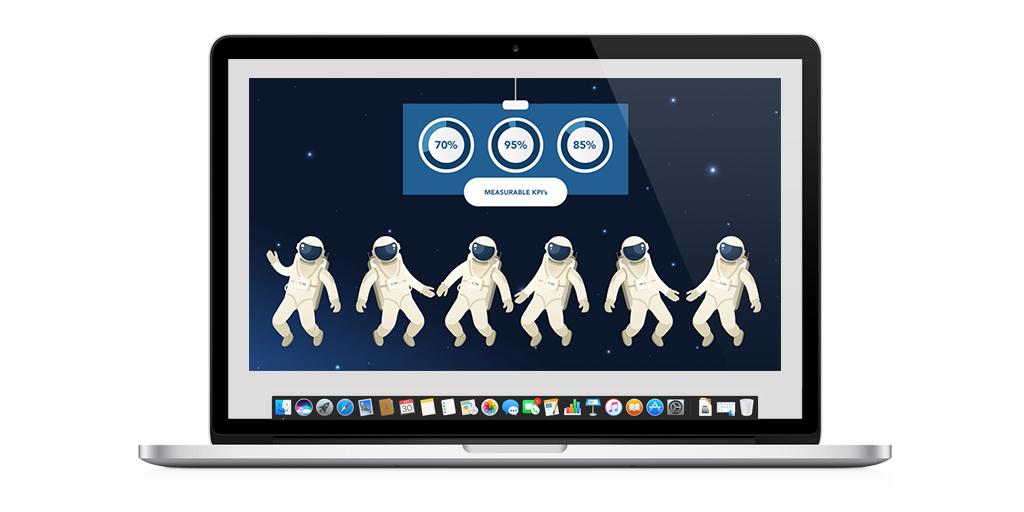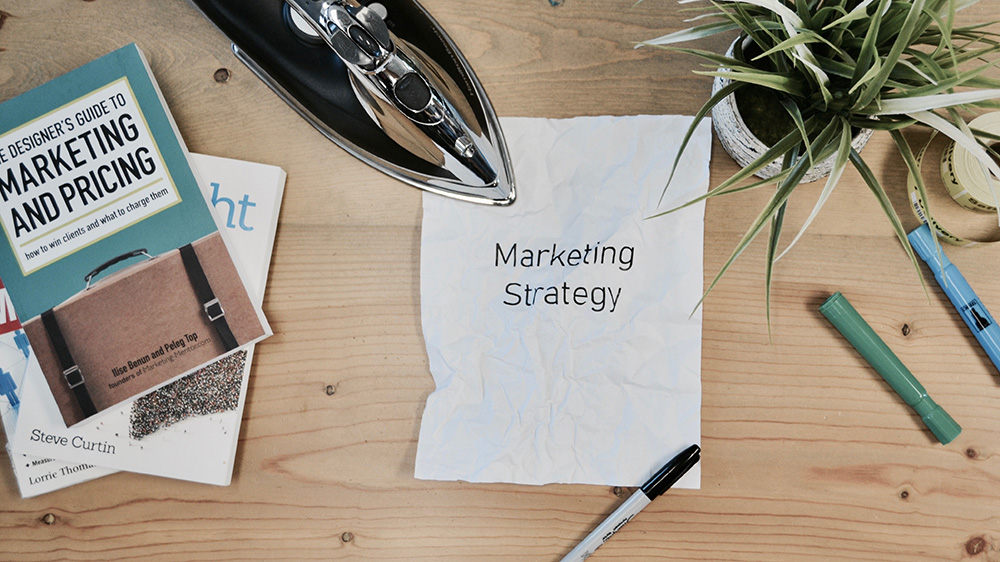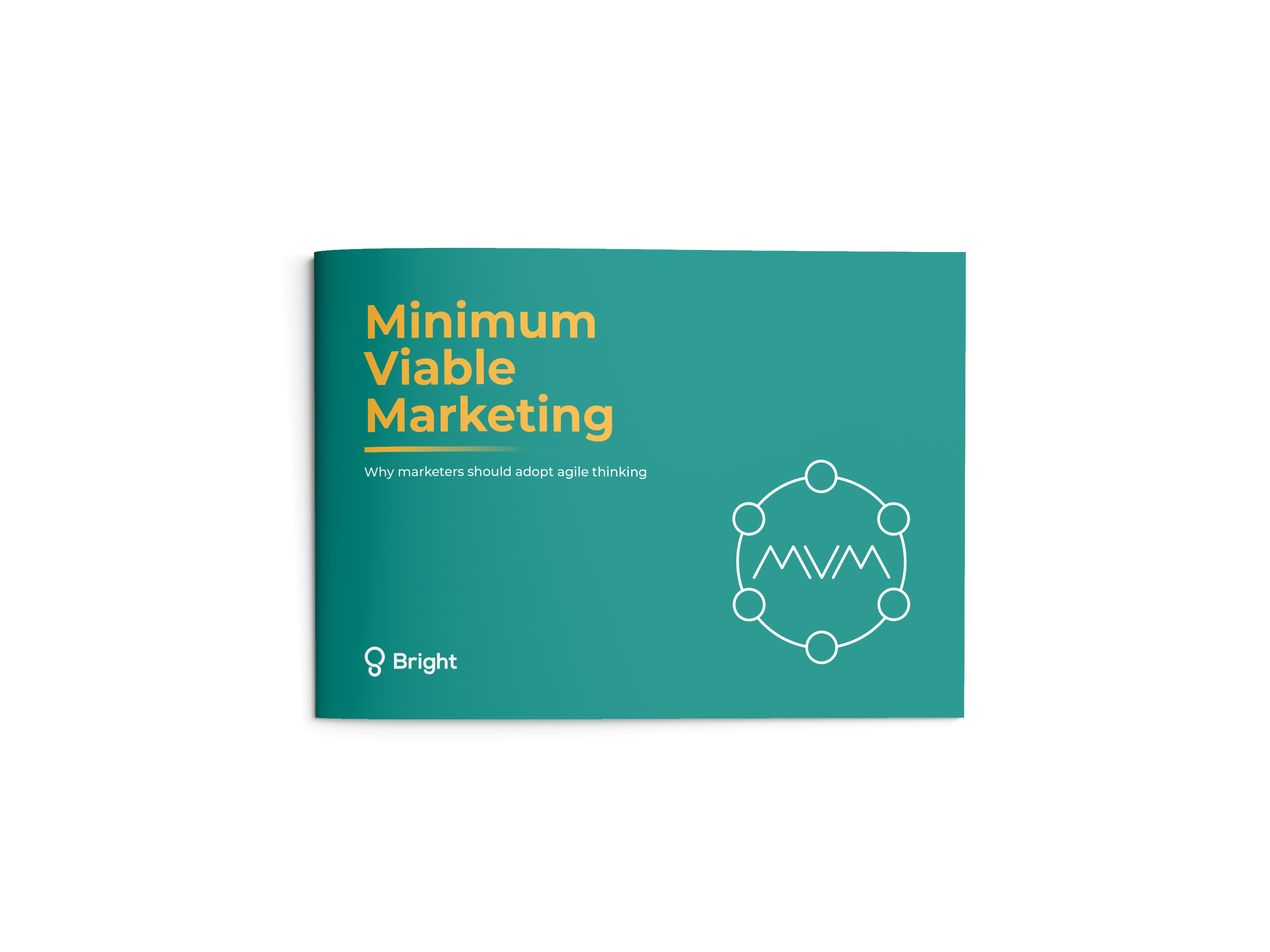There are over 3 billion social media users around the world*. That’s 40% of the global population.
And whilst the majority use social channels to document their own lives, more and more are using them to build their professional and social networks, find inspiration, do research and, more often than not, for entertainment.
The businesses winning in this space
The B2B businesses prevailing are those actively tapping into this trend. Rather than relying solely on their website, they create a social media marketing strategy that focuses on driving the right content at the right time to the right people.
I know. You’ve heard this before. Surely this is just marketing?
Yes. And no.
The reason certain marketing strategies prevail over others is because they use an agile methodology. They understand that there is no longer a beginning, middle or end to a campaign. Agile marketers are in a constant loop of producing new content, testing, learning, optimising, then repeating the whole process all over again.
And it’s this loop that allows them to find the optimal execution. Because let’s face it, consumers are fickle. What is trending today might very well be last year’s news tomorrow. So rather than planning for six months knowing these plans will be out of date in a week or so, produce a whole host of new creative that can be reworked, retagged, used across different platforms in different mediums. Not only does this stop you chasing your tail when something new hits the market, it means a more comprehensive feedback report specific to your brand and your market – meaning more informed decisions at every stage of your campaign.
Creating a suite of marketing assets can also help when creative fatigue hits, enabling businesses to release new assets even when the momentum of campaign kick-off begins to wear off.
And we’re talking about more than a handful of banner images and well-constructed tweets.
What content should you include in your campaign portfolio?
According to research conducted by Content Marketing Institute, the top six content used by B2B marketers come down to:
- Social media posts (excluding video)
- Case Studies
- Videos (pre-produced)
- eBooks/whitepapers
- Infographics (we all love an infographic!)
- Illustrations
According to a recent study by Magisto, more than one-half of the 545 small, midsized and global businesses surveyed reported creating new video content at least once per week. 26% noted creating new video content daily.
This is a huge step up for a lot of companies who would usually produce one video per quarter.
Thinking creative content
Other content that has huge potential in the B2B space are Podcasts. Done right, podcasts are a valuable piece of long-form content that can earn the time and attention for busy decision makers. eBay, Slack and General Electric are but a handful of companies already demonstrating the value.
Whilst one of the biggest barriers to adoption is a lack of training or knowledge of agile approaches**, this doesn’t seem to be slowing down momentum of businesses introducing agile marketing practices.
A new 2018 State of Agile Marketing Report delivered by AgileSherpas and Kapost finds that an impressive 36.7% of marketers have adopted some flavour of agile marketing. And out of the marketers who haven’t yet adopted agile, around half of them expect to within the next 12 months.
Another deterrent can be a lack of internal resources. Creating a variety of content needed to compete to the speed of social channels today doesn’t need to be expensive, but it does require time, creative juices and a black-cab driver’s knowledge of the Adobe Creative Suite.
Grab an agile partner!
Partnerships with consultancies such as Bright who live and breathe creative are often a cost effect way to get the most out of your content budget. Not only do we have a full-service internal team comprising of wordsmiths, design wizards and expert consultants in virtual marketing and change comms, our capabilities stretch from the trustworthy infographic to video, podcasts to unique customer experiences and embedding agile ways of working.


Our marketing methodology also has agile at the heart of it, meaning we pick up all the testing, learning and optimising – leaving you with a suite of assets and one monthly report full of the information you care about and none of the fuss in between.
If you would like to learn more about agile marketing and our approach to content marketing in the B2B space, get yourself a copy of our Minimum Viable Marketing eBook. Or if you’d rather ask us some questions instead, ping us an email instead: [email protected]



